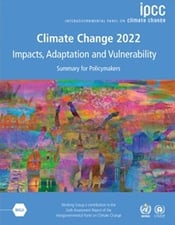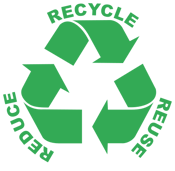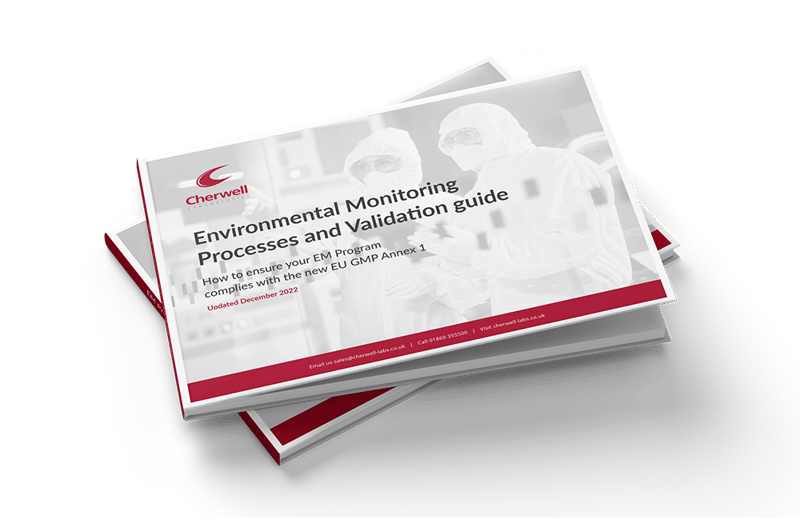Climate change is happening, and at an alarming rate. The Sixth Assessment report published by the Intergovernmental Panel on Climate Change (IPCC) recognises the interdependence of climate, ecosystems, biodiversity and human societies. It emphasises the immediate need for a ‘now or never’ dash towards low carbon economies and societies to limit global warming to 1.5ºC

This dash presents real challenges for certain sectors of the economy, the challenge of energy generation is an obvious one, but for the scientific sector, and more specifically, aseptic and sterile manufacturing, the challenges are immense. To me it seems there are three key areas to tackle – energy usage, single use items and their associated packaging, and disinfectant use. All of these are currently vital components in the safe manufacture of drugs.
We operate a cleanroom facility and like all pharmaceutical cleanrooms, it runs 24 hours a day, 7 days a week. The need to have a constant supply of conditioned air, which typically needs to be changed 20 times per hour, consumes a large amount of energy. However, this air barrier is a fundamental factor in maintaining a high grade, clean work environment.
But, if the clean rooms are unoccupied for large periods of time, for example overnight, reducing the airflow from the air handling units (AHU) can be a viable option. Janssen Vaccines in the Netherlands have implemented a schedule of reduced air flow when rooms are unoccupied and achieved up to 20% reduction in energy consumption, see article here. Whilst a significant amount of work and validation was required to confirm pressure recovery, impact on temperature stability and of course impact on cleanliness levels, it has resulted in notable energy savings. Reducing energy consumption is one of many vitally important factors and is possible even if you operate a cleanroom.
 The reliance on single use disposable items within multiple layers of packaging presents a very different challenge. The much referred to three R’s – Reduce, Reuse, Recycle – emphasises the need to focus on reducing the amount of packaging we use. This rationale should be applied to single use disposable items. However, it is difficult to see how the scientific and medical sectors could ever revert back to reusable instruments, or refilled Petri dishes or bottles. It’s hard to imagine any risk assessment suggesting this was a good idea! So, this means the real focus here needs to be on recycling and the use of modern, new materials that can be easily recycled. Multi-layer films do challenge recycling, much like single use coffee cups, but solutions are being found.
The reliance on single use disposable items within multiple layers of packaging presents a very different challenge. The much referred to three R’s – Reduce, Reuse, Recycle – emphasises the need to focus on reducing the amount of packaging we use. This rationale should be applied to single use disposable items. However, it is difficult to see how the scientific and medical sectors could ever revert back to reusable instruments, or refilled Petri dishes or bottles. It’s hard to imagine any risk assessment suggesting this was a good idea! So, this means the real focus here needs to be on recycling and the use of modern, new materials that can be easily recycled. Multi-layer films do challenge recycling, much like single use coffee cups, but solutions are being found.
Finally, what about disinfectant use? Products such as isopropyl alcohol (IPA), quaternary ammonium compounds and peroxide are used in large quantities. We use IPA wipes within our suite alongside our defined cleaning programmes because cleaning and disinfection regimes are fundamental elements in maintaining a high-grade cleanroom. The upsurge in the popularity of vaporised hydrogen peroxide (VHP) is partly due to its greener credentials, as there is no nasty residue to remove. Eco friendly wipes and products are much more commonplace for use within our homes, where cleanliness is the desired outcome, not sterility! However, the bioburden in a well-maintained cleanroom is tiny. Therefore, do we need to rethink how disinfectants are deployed and used with the aim of reducing their use?
The dash to low carbon presents some massive challenges and is where innovation and creativity will play a vital role, not only in developing new, environmentally friendly solutions, but also in rethinking how we operate and produce pharmaceuticals.






